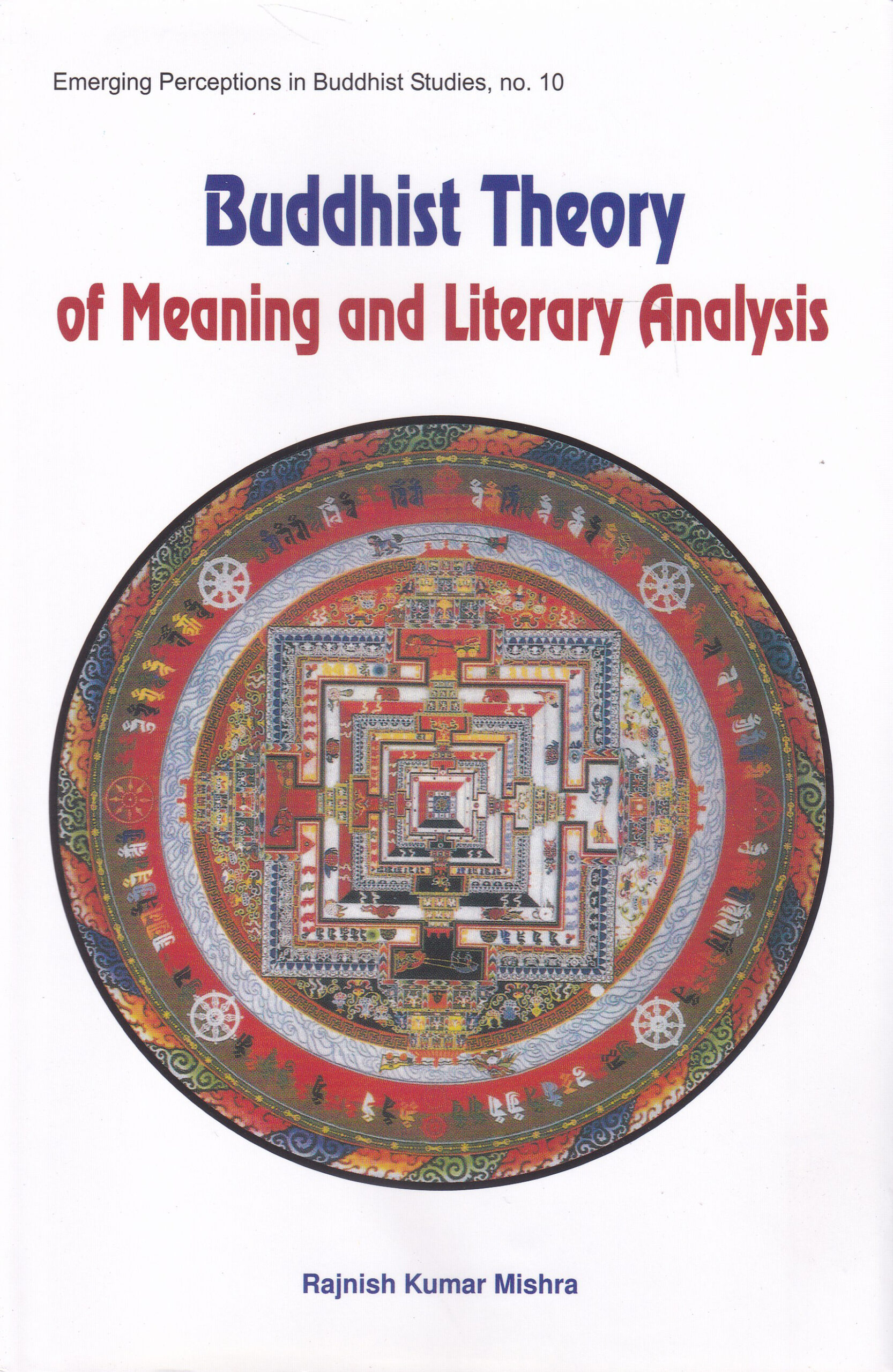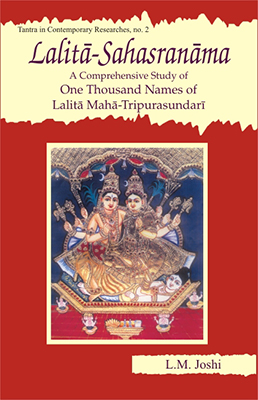

Buddhist Theory of M...
Buddhist Theory of Meaning and Literary Analysis
by: Rajnish Kumar MishraThis book offers a fresh exposition of the Buddhist theory of meaning (apohavada) against the backdrop of Indian linguistic thought and shows how this theory is positioned vis-a-vis current issues and assumptions in language. Consists a very useful glossary.
Original price was: ₹900.00.₹810.00Current price is: ₹810.00.
ISBN: 9788124601181
Year Of Publication: 2008
Edition: 2nd
Pages : xx, 292
Bibliographic Details : Glossary; Bibliography; Index
Language : English
Binding : Hardcover
Publisher: D.K. Printworld Pvt. Ltd.
Size: 23 cm.
Weight: 650
For over two millennia, language has been one of the prime concerns in nearly all philosophical systems of India: Grammar, Mimamsa, Nyaya, Vaisheshika, Jaina and Bauddha which, in turn, not only have shaped the Indian perception of vak, but also constitute the essential background to study the major concerns of language that have been taken up in the subsequent phases of philosophical-linguistic developments. Rajnish Mishras book offers a fresh, in-depth exposition of the Buddhist theory of meaning (apohavada) against this stupendous backdrop of Indian linguistic thought and also tries to show how this time-honoured theory is positioned vis-a-vis the current issues and assumptions in language. Surveying the evolution of apoha across the ages specially in its four kindred perspectives, viz, the Abhidharmika, the Sautrantika, the Yogacara and the Madhyamika schools of Buddhist philosophy, the author sets out, on its basis, a cognitive-epistemological model for literary analysis and illustrates as well the applicational aspects of this model with meticulous analysis of Wordsworths poetic masterpiece, Tintern Abbey. Based, as it is, on wide-ranging primary sources, including the Buddhist philosophical-epistemological texts in Sanskrit, the book sheds altogether new light on the Buddhist theory of meaning and, simultaneously, argues against the fallacies that have cropped up around its latter-day interpretations. A work of specific contemporary relevance to the ongoing post-structuralist debates, the book also carries a comprehensive, highly valuable cross-referential glossary of conceptual Sanskrit terms.
Preface
The Shastra Group at Jawaharlal Nehru University — An Introduction
Objectives of Shastra Group
Transliteration Chart
Abbreviations
Introduction
1. Philosophy of Language and Competing Indian Theories of Meaning
Description of Linguistic Elements
The Metaphysics of Language
Mimamsa Theory of Meaning
Abhihitanvayavada
Anvitabhidhanavada
Nyaya Theory of Meaning
Jaina Theory of Meaning
Buddhist Theory of Meaning
2. Reality, Cognition and Expression in Buddhist Thought
Vaibhashika System
Sautrantika School
Yogacara-Vijnanavada School
Madhyamika School
3. Buddhist Theory of Meaning (Apohavada)
Bhamaha: (Text: Kavyalamkara Chapter Vi)
Kumarilabhatta (Text Shlokavarttika/Section on Apohavada)
Uddyotakara (Text: Nyaya Varttikam)
Vacaspati Mishra (Text: Nyaya Varttika Tatparya Tika)
4. Meaning and Literary Analysis: An Example Study of Tintern Abbey
Alaya-Vijnana and Wordsworths Tintern Abbey
Alaya-Vijnana (Store-House Consciousness)
Mana/Klishta Manovijnana (Conceptual Domain of Intellection)
Reading of Wordsworths Tintern Abbey in Buddhist Epistemology
Constitution of Meaning in Tintern Abbey an Example Analysis in Buddhist Theory of Meaning
Lexical
5. Conclusion
A Glossary of Conceptual Sanskrit Terms
Bibliography
Index










